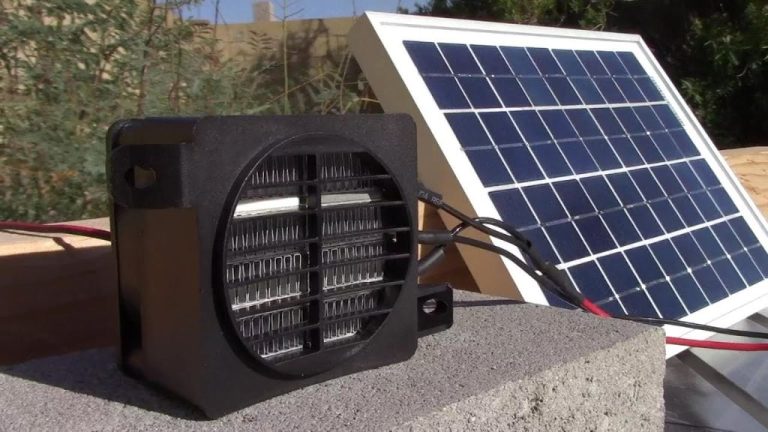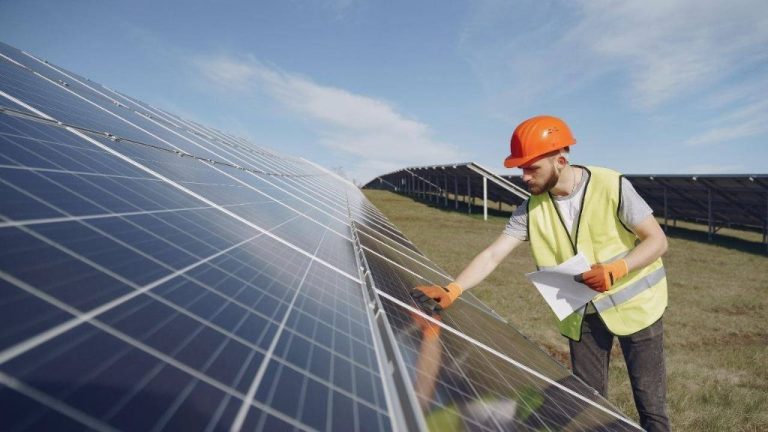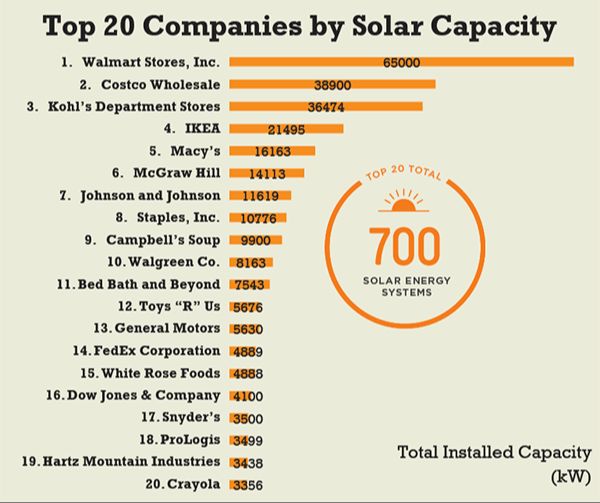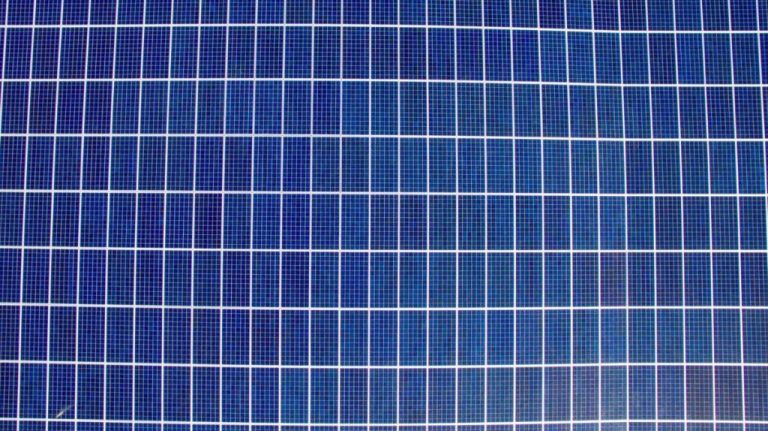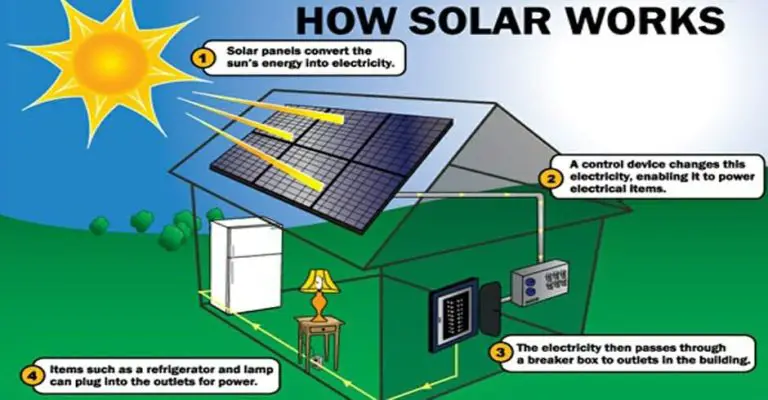How Big Of A Solar System Do I Need To Heat A Pool?
Heating a swimming pool with solar energy has become an increasingly popular option for many homeowners and businesses. Solar pool heating utilizes the sun’s energy to heat the water instead of using electricity or natural gas. The sun’s rays are absorbed by solar collectors and then transferred directly to the pool water as it passes through the collector.
Using solar energy to heat a pool has many advantages. It is better for the environment since it reduces reliance on fossil fuels and lowers your carbon footprint. Solar heating also helps cut energy costs associated with heating the water. Many pool owners see a return on their investment in just 1-2 years. And solar energy is free once the system is installed.
The use of solar pool heating has grown exponentially in recent years. As solar panel technology improves and costs decline, more pool owners are recognizing the environmental and economic benefits of heating their pools with the sun’s free energy.
Pool Size Considerations
The surface area and volume of your pool are key factors in determining the size of solar heating system needed. A larger pool surface means more heat can be lost to the surroundings, so more solar collectors will be needed to maintain desired temperatures. Here are some pool size recommendations:
- Small pools (less than 500 sq ft surface area): A simple passive solar cover may be enough for adequate heating.
- Medium pools (500-1000 sq ft): Will likely need at least a small pumped system with 1-2 solar collectors.
- Large pools (over 1000 sq ft): Require an actively pumped system with multiple collectors. A general rule of thumb is 1 collector per 100 sq ft of pool surface.
The volume of water in gallons is also a key factor, as more water takes longer to heat. Most pumps solar heating systems are designed to circulate the entire volume of water through the collectors every 1-2 days. So a 20,000 gallon pool would need a pump sized to circulate 20,000+ gallons daily.
Climate and Location
The climate zone and geographic location where the pool is located will significantly impact the intensity of solar radiation available to heat the water. Areas like the Sunbelt region of the southern United States generally have much stronger solar intensity than northern states. This means a solar pool heating system in Miami, Florida will receive more energy from the sun than the same system in Seattle, Washington. Locations at higher latitudes and with more cloud cover will receive less solar radiation overall.
When sizing a solar pool heating system, it’s important to take local climate conditions into account. The solar collectors will need to be larger in size for the same pool located in a cooler, less sunny climate. A good rule of thumb is to increase the solar collector square footage by 20% for northern locations compared to southern installations. There are also high efficiency solar collectors available that can absorb more of the available solar energy, which is ideal for pools in climates with lower solar intensity.
Working with a solar installer who understands local conditions is key. They can help determine the properly sized solar heating system based on the typical local weather patterns and solar intensity for the geographic region. This ensures the system is large enough to harness sufficient energy to heat the pool water, even on cooler and cloudier days.
Types of Solar Pool Heaters
There are three main types of solar pool heating systems: passive, pumped, and hybrid.
Passive Systems
Passive solar pool heating systems rely on the natural convection of water to circulate it through the system. As the sun heats the solar collectors, the water inside gets warmer and rises up into the pool. Meanwhile, cooler water in the pool sinks down into the collectors. This creates a natural circulation driven by temperature differences.
Pros: Passive systems have no operating costs and require no electricity. They are simple in design and easy to install as a DIY project.
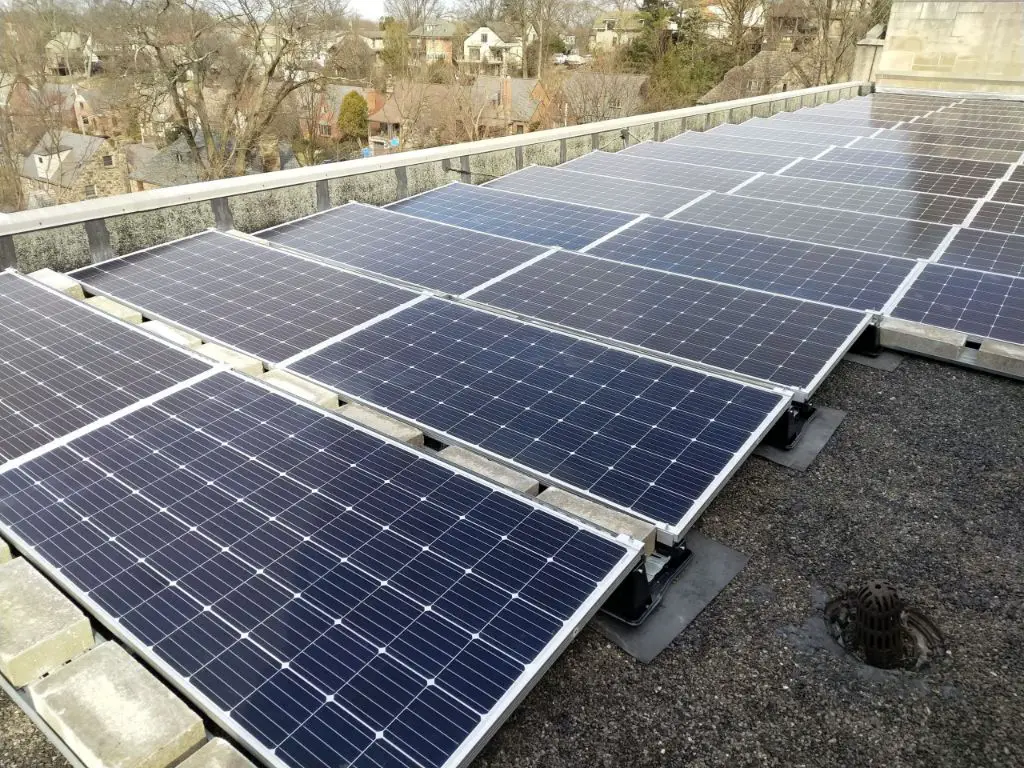
Cons: Passive systems are not as efficient and have limited performance in windy or cold weather. They may not heat the pool adequately in some climates.
Pumped Systems
Pumped solar pool heating uses an electric pump to actively circulate water through the solar collectors and back into the pool. This improves flow rate and provides better heat transfer.
Pros: Pumped systems heat pools more quickly and can maintain comfortable temperatures even in cooler weather. Performance is more consistent.
Cons: The electric pump requires energy to operate, increasing operating costs. The system is more complex to install and maintain.
Hybrid Systems
Hybrid solar pool heaters combine both passive and pumped components. Water circulates passively when the sun heats the collectors, but a pump can turn on to boost flow during cloudy periods or cooler weather.
Pros: Hybrid systems provide better efficiency than passive options, while requiring less energy than fully pumped systems.
Cons: The dual passive and pumped design increases complexity and upfront costs.
Passive Systems
Passive solar pool heating systems rely on the sun’s energy to naturally heat your pool water as it flows through solar collectors. These systems do not use pumps or electricity – instead they utilize gravity and the sun to warm the water.
Passive systems are simple, low-cost, and easy to maintain. They work best in sunny climates where daytime temperatures are warm. The solar collectors are installed on a roof or rack sloped towards the pool. As sunlight hits the collectors, the water inside absorbs the heat. The natural thermosiphon effect causes the warm water to rise up into the pool while cooler water flows down into the collectors, creating a continuous cycle.
Passive systems are very efficient when conditions are optimal, as there is no electricity required. However, they heat water more slowly than active systems. They also cease to operate at night or on cloudy days. Passive systems are ideal for gradually heating a pool over time in warm, sunny climates. They may not work as well for quickly heating up a pool or in cooler or overcast regions.
Pumped Systems
Pumped solar pool heating systems use a pump to circulate water through solar collectors and then back into the pool. This active circulation transfers heat more quickly and efficiently than passive systems.
These systems consist of solar collectors (typically flat panels made of plastic or rubber) connected via pipes to the filter pump. The filter pump already circulates water through the pool’s filtration system. By diverting some of this flow through the solar collectors, the pump actively transfers heated water from the panels back into the pool. This provides a dedicated flow of preheated water to boost the pool’s temperature.
Pumped systems heat pools faster than passive systems and work in wider weather conditions. Flow rates and panel sizes can be customized to tailor the system to the size of your pool and local climate conditions. Many pumps have multiple speed settings to maximize efficiency.
The main downside is the energy usage of the circulation pump, which makes pumped systems more expensive to operate. Using a high efficiency variable-speed pump can help minimize energy costs.
Hybrid Systems
Hybrid solar pool heating systems combine solar energy with a conventional gas or heat pump system for backup and cloudy days. These systems utilize solar collectors like pumped systems, but also have a gas or electric heat pump hooked up to the plumbing.
The hybrid system relies primarily on the solar collectors to heat the pool water. The gas or heat pump only kicks in when the sun is not providing enough heat, such as overnight or during heavy cloud cover. This ensures the pool stays at the desired temperature at all times.
Hybrid systems are ideal for pools that need year-round heating in colder climates. They provide the efficiency and cost savings of solar energy along with the reliability of gas or electric backup for optimal comfort and usability.
Compared to gas heaters alone, hybrid systems can reduce pool heating costs by 50-70%. And the solar collectors pay for themselves within 2-7 years in most cases. Hybrids also have a smaller environmental footprint than gas or heat pumps alone.
The main downsides of hybrid pool heaters are the higher upfront installation cost. They also require more maintenance with solar collectors to clean and keep in working order. But for pool owners wanting maximum usability without high energy bills, hybrid systems provide the perfect balance.
Calculating Needed Solar Collector Size
To properly size your solar pool heating system, you need to calculate the surface area of solar collectors required to adequately heat your pool. Here are some useful rules of thumb:
- For small pools (less than 15,000 gallons), you need about 50-70% of the pool’s surface area in solar collectors.
- For medium pools (15,000 – 30,000 gallons), you need about 60-80% of the pool’s surface area.
- For larger pools (more than 30,000 gallons), you need about 80-100% of the pool’s surface area.
Let’s look at some examples to illustrate:
Small Pool Example
For a 12,000 gallon pool that is 20 ft x 40 ft:
- Pool surface area = Length x Width = 20 x 40 = 800 sq ft
- 50% of pool surface area = 0.5 x 800 = 400 sq ft
- So you would need around 400 sq ft of solar collectors.
Medium Pool Example
For a 25,000 gallon pool that is 30 ft x 50 ft:
- Pool surface area = 30 x 50 = 1500 sq ft
- 70% of pool surface area = 0.7 x 1500 = 1050 sq ft
- So you would need around 1050 sq ft of solar collectors.
Using these rules of thumb and examples, you can calculate the solar collector size needed for your particular pool.
Costs and ROI
The cost of a solar pool heating system can range anywhere from $2,000 to $4,000 on average. However, the final price depends on several factors:
- Type of system (passive vs. pumped)
- Solar collector size
- Additional equipment needed like pumps
- Installation costs
In general, passive systems tend to be cheaper than pumped systems. However, pumped systems can be more efficient and may pay off quicker through energy savings. The size of the solar collectors is a major cost factor, with larger systems commanding higher prices.
When calculating return on investment (ROI), you’ll want to consider:
- Upfront system costs
- Expected energy savings from reduced conventional heating
- Your local energy costs
- How many months per year you use your pool
In areas with high electricity rates and extended swimming seasons, a solar pool heater can provide payback in 2-4 years. Mild climates and smaller pools will take longer to recoup the initial investment. Proper maintenance and system longevity also affect ROI. With some care, solar pool heaters can remain efficient for 10-15 years or longer.
Get multiple quotes before purchasing a system. And check for any solar incentives or rebates in your area – they can greatly improve the payback period.
Maintenance and Longevity
Solar pool heating systems require some regular maintenance to keep them operating at peak efficiency. The solar collectors should be kept clean and free of debris, as dirt and buildup will reduce how much heat they absorb from the sun. Most manufacturers recommend cleaning the collectors at least 2-3 times per year. Use a soft brush and mild detergent to gently wash away any dirt or grime.
The system’s pumps and plumbing should also be inspected annually. Check for leaks, clogs, or signs of wear and repair or replace parts as needed. Keeping vegetation trimmed back from around the collectors is also advised, so it doesn’t shade the panels.
With proper installation and regular maintenance, a solar pool heating system can last 15-20 years or longer. The collectors themselves are usually warrantied for 10-15 years. Extended warranties of up to 25 years may also be available. The pumps, controllers and plumbing will likely need to be replaced at least once during the system’s lifespan.
Following the manufacturer’s maintenance recommendations is key to maximizing the system’s longevity. With some simple upkeep, a solar pool heater can provide reliable, eco-friendly heating for your pool for decades.

